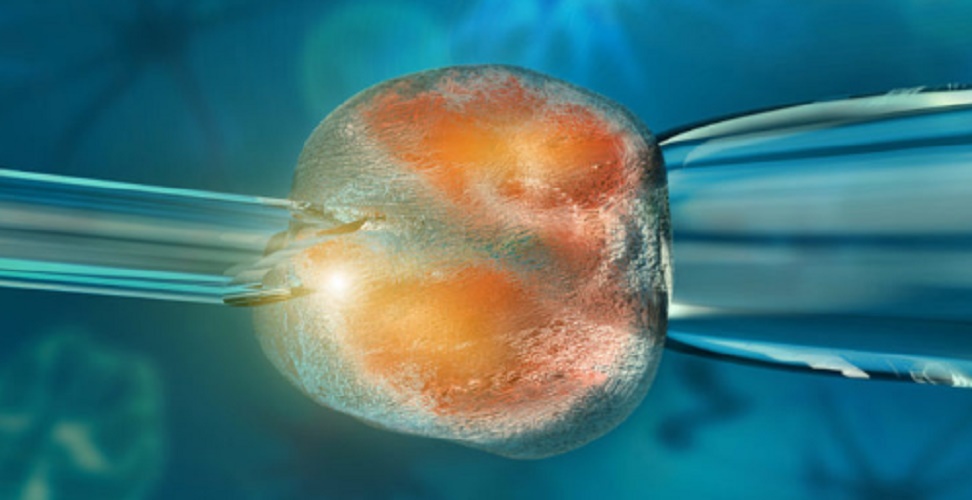What is cloning?
We explain what cloning is and what its fundamental principles are. In addition, its history, and existing cloning types.
-
What is cloning?
Cloning is the process by which, in a non-sexual way, two identical cells, molecules or organisms already developed are obtained. A clone is a copy organism in terms of its genetics.
Cloning starts from three main concepts:
- The cloning process starts from a developed organism since an exact copy of that organism is sought.
- This copy is obtained through a non-sexual form, since it does not allow identical copies due to the diversity of nature.
- What is first cloned are the cells , and what is needed is the organism’s DNA sequence .
The molecular cloning. for example, it is used for biological experiments such as for the mass production of proteins .
In 1997, the cloning of a mammal (a sheep named Dolly) that brought controversies throughout the world was a worldwide knowledge event. On the one hand, a great admiration and on the other, a strong rejection and criticism. Anyway, cloning in plants was already known a century earlier.
Cloning in humans. It was banned by UNESCO . In 1997, the Universal Declaration on the Human Genome and Human Rights was approved . Article 11 clearly states that practices contrary to the dignity of the human being should not be allowed in the countries , including cloning.
Some of the purposes of cloning are:
- In animals, improve species fertility and research .
- Disease research to get possible cures.
- Improve the production of medicines.
- Perform organ transplants.
-
Types of cloning

- Cell cloning As the same name says, it is the process by which cells are cloned, creating cultures of them.
- Molecular cloning. This type of cloning is mainly used to carry out all kinds of experiments.
- Natural cloning It is the type of reproduction in which there is only one parent and it is asexual. It occurs in single-celled animals and some plants. This classification includes twins.
- Therapeutic clonation. Its objective is to reproduce tissues and organs for medical purposes.
- Reproductive cloning Its purpose is to reproduce a human being equal to another. However, this procedure, although possible, is totally illegal. The most famous example of this was the Dolly sheep.
- Cloning of species. They usually focus on the reproduction of already extinct animals. However, these procedures have not been very successful until today, since newborns have died quickly. The main conflict in this type of cloning is the conservation of the species’ DNA, since they have not been properly conserved.




